Why are we running this project?
The Earth’s drylands are extremely complex, delicate and ever-evolving structures that provide vast amounts of the world’s food. At the same time, they are home to more than 38 percent of the Earth’s population. They also support around 44 percent of the world’s cultivated systems and half of its livestock. Despite their outsized contributions to the global food system, dryland dwellers are among the world’s poorest: 72 percent of drylands are in developing countries, and dryland populations, on average, lag behind the rest of the world in human well-being and development indicators.
Africa’s drylands are particularly prone to degradation due to intensification of agricultural production, mining, infrastructure development and urbanization, and rising impacts of climate change. Landscape degradation continues to outpace landscape restoration efforts in most African countries.
While local communities and knowledge holders and their solutions to the climate and biodiversity crisis carry great potential, community-led action is still limited. Key challenges include lack of access to technology, platforms, financial resources, and knowledge needed to amplify and scale local impact.
What are our goals?
Dryland peoples have developed unique strategies to cope with water stress and climatic variability. We will support locally-led restoration initiatives in the Greater Sahel region to successfully mobilize actors towards coordinated dryland ecosystem restoration and raise their profile internationally.
By supporting the project of the Global Landscapes Forum (GLF) we strengthen its framework to decentralize and democratize access to knowledge: The project facilitates knowledge exchange between local and local-global actors, it provides local actors with targeted learning opportunities and resources and it seeds and scales positive action to reverse land degradation at the local level. Harnessing the UN Decade of Ecosystem Restoration, the project will contribute to showcasing successful local restoration initiatives led by youths, women, and indigenous people, as well as pathways for scaling.
How does the project work?
The project kicked off with the digital conference “Restoring Africa’s Drylands” in 2021, the first online-event focused entirely on Africa’s drylands and how integrative restoration practices can see them flourish once again.
Using this forum with local and international actors being engaged in restoration, a call for five new local GLF chapters was launched, designed to support restoration initiatives by marginalized communities (youths, women and indigenous) on the ground. “The Global Landscape Forum Chapters – GLFx“ is a global community which acts as a central hub for connection and knowledge sharing and is energized by independent chapters who meet in-person locally to take action on restoration projects.
The newly selected chapters connect communities, innovators and change-makers to share their knowledge, develop custom-made solutions that incorporate individual landscapes, culture, traditions and livelihoods, and help bring to scale proven solutions. GLF and its partners will support them with training and learning, as well as peer-to-peer learning opportunities with members of the vast GLF global network. Ultimately, chapters will catalyze restoration action in their local landscapes and share key lessons and best practices with the global GLFx community.

